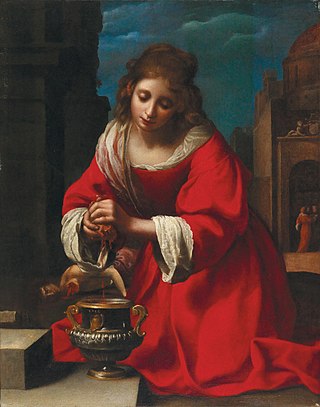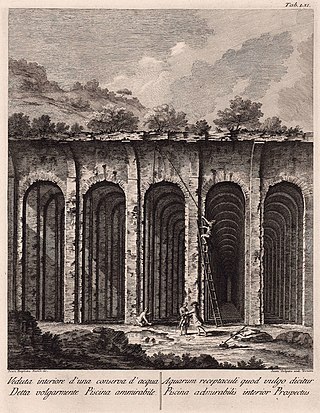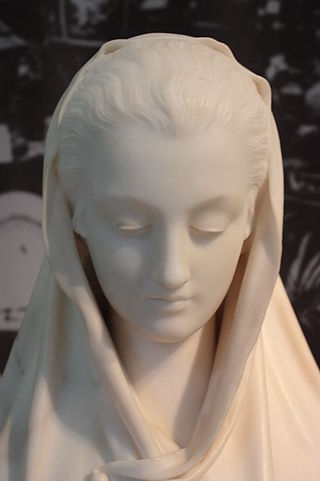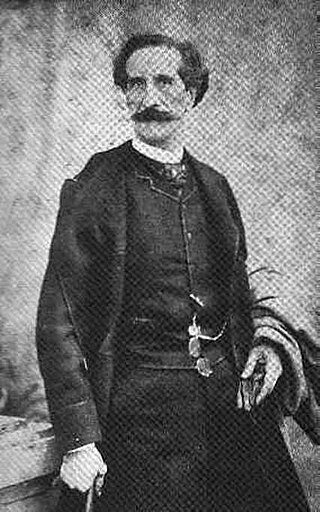Related Research Articles
La Società Entomologica Italiana, the Italian Entomological Society, is Italy's foremost society devoted to the study of insects. The society is famous for promoting applied entomology and many of its past members have saved millions from deadly diseases such as malaria.

Francesco Solimena was a prolific Italian painter of the Baroque era, one of an established family of painters and draughtsmen.

Giovanni Battista Naldini (1535–1591) was an Italian painter in a late-Mannerist style, active in Florence and Rome.

Ignazio Collino (1724–1793) was an Italian sculptor, active in the late-Baroque period, mainly in the region of the Piedmont.

Felice Ficherelli was an Italian painter of the Baroque period, active mainly in Tuscany. He was nicknamed "Felice Riposo" for his calm and quiet demeanour.

Giovanni Battista Merano (1632–1698) was an Italian painter of the Baroque period, mainly active in Genoa.

Giovanni Battista Natali, also known as Joan(nes) or Ioannes Baptista Natali, was an Italian painter and draughtsman of the late-Baroque period, active in his natal (?) city of Piacenza,[apparent contradiction] but also Savona, Lucca, and Naples, and finally Genoa in 1736.

Augusto Rivalta was an Italian sculptor.

Bartolomeo Giuliano was an Italian painter; primarily of portraits and genre scenes.

Giovanni Battista Comolli was an Italian sculptor.

Giovanni Battista Sassi was an Italian painter, active mainly in Milan and other areas of Lombardy, who painted in a late-Baroque and Rococo style.

Michelangelo Naccherino was an Italian sculptor and architect, active mainly in the Kingdom of Naples, Italy.

Giosuè Argenti was an Italian sculptor.

Lot Torelli was an Italian sculptor.

Dante Sodini was an Italian sculptor, mainly of religious subjects and funereal monuments.
Giovanni Battista Troiani was an Italian sculptor

Raffaello Sorbi was a 19th-20th century Florentine painter, specializing in narrative painting.

Cesare Sighinolfi was an Italian sculptor.
Pasquale Romanelli was an Italian sculptor, apprentice of Lorenzo Bartolini.

Giovanni Scanzi was an Italian sculptor. His early apprenticeship led to formal studies in Rome, followed by a career as a prolific artist and teacher. He was particularly active creating monuments for the Monumental Cemetery of Staglieno in Genoa, with many other works located in museums, churches and public venues in Genoa and elsewhere.
References
- ↑ ‘‘Dizionario degli Artisti Italiani Viventi: pittori, scultori, e Architetti.’’, by Angelo de Gubernatis. . Tipe dei Successori Le Monnier, 1889, page 508-509.